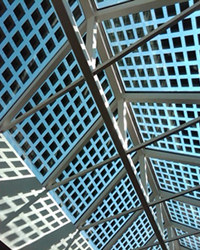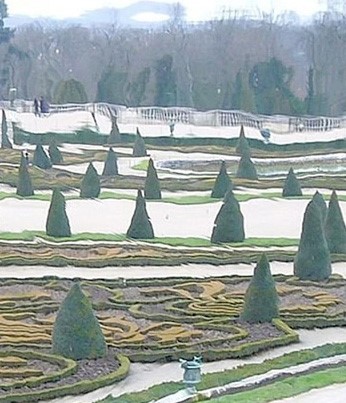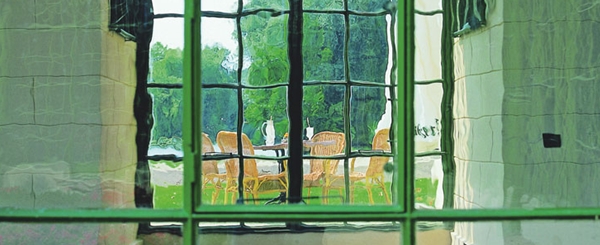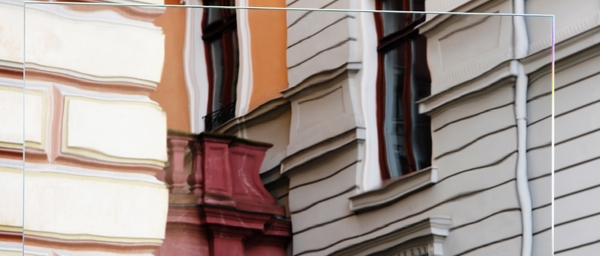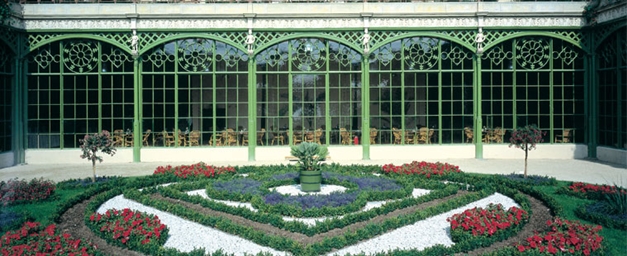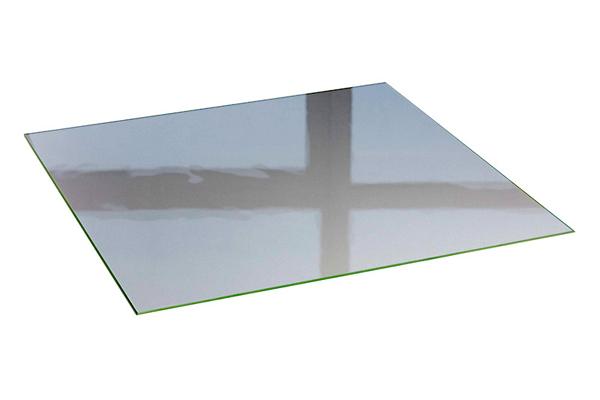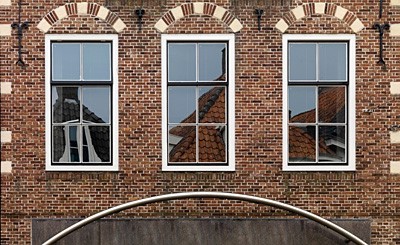Also known as: Wibble and Wobble Glass, restover glass, Goethe glass, castel glass, colonial glass, versaille glass, monumental glass, sheet glass, mouthblown glass Saint-Just, monuglass, insulated glass for monumental buildings, cilinder glass, stained glass, handmade glass, traditional glass, climaplus noble prestige, noble resist eko, climaplus colonial prestige, virtum resist eko, restauro glass, ultra thin glass, vacuum insulation glass, spacia.
DaVinci glas, Van Ruysdael glas, stolker glas, classico monumental glass, verre Lamberts restauro, restauro light, verre restauro classic, verre restauro waldglas, verre restauro extra, verre restauro uv, VR 21.29, VR 22.29, VR 21.23, VR 31.02, VR 22.05, VR 22.08, VR 22.09, VR 22.52, VR 22.50, VR 22.18, VR 23.00, VR 12.05, VR 12.09, VR 12.18
Restoration glass
You see them sometimes, beautiful monumental buildings, historic premises and idyllic homes. The architectural feel that characterises a certain building period makes it difficult to preserve the old while retaining these elements, adding new materials and integrating today's performance requirements.
The original glass uniquely reflects the production method of a certain period. The only problem is that this glass no longer meets the current requirements with respect to, among other things, heat insulation, noise insulation and burglar resistance.
New Glass Technology has launched its glazing for monumental buildings that combines characteristic glazing with high insulation values. The perfect answer to the restoration and renovation demands of your customers.
Renovation glass is characterized by special production methods that imitate earlier glass styles, and is often used in historic buildings.
| Different types of restauration glass |
| Type of restaurationglass |
|
Periode |
Discription |
Productionmethod |
| Artisanal mouthblown glass |
Koloniaal glass, Restauro glass |
1560 - 1850 |
1e generation flat glass |
Cilinder |
| Artisanal sheet glass |
Goethe, Castel, Versaille glass |
1820 - 1890 |
2e generation flat glass |
sheet glass |
| Artisanal sheet glass |
Restover, Noble |
1900 - 1935 |
2e generation enhanced flat glass |
sheet glass |
| Clasique glass |
monumental |
1935 - 1965 |
3e generation flat glass |
sheet glass |
| Modern glass |
Float |
1965 - present |
flat glass |
Float |
Features and performances of Restaurationglasses
| Features |
Performances |
| Thickness single glass |
2 / 3 / 4 mm |
| Thickness laminated glass |
4.4/5,8 / 6,8 / 7,8 mm |
| Heat insulation |
from 5,8 till 1,0 W/m2k |
| Sound insulation |
from 27 till 40 dB-wering |
| safety |
till P6b |
| Firerating |
Till 60 minuten |
| Suncontrol |
ZTA till 59% |
Mouthblown Restauro, Colonial glass UMV 250 1660
Colonial glass is a mouth blown glass in which old techniques are made use to create an irregular wavy surface with air bubbles in the glass. The exceptional transparency of Extra Bright Colonial glass or UMV 250 ensures a very high light transmission and a high level of natural lighting . This mouth-blown Colonial glass is often used in the restoration of museums, castles and classified buildings. Colonial glass is also available in a layered composition called Vitrum Resist.
The Colonial mouth-blown restoration glass or UMV 250 is distinguished by its exceptional transparency thanks to the quality of the washed and dried sand, which improves the quality of the glass. Through this manufacturing process the glass is almost identical to the original. Back in the nineteenth century, mouth-blown Colonial glass was selected for the glazing of mansions. Nowadays, the main purpose is the repair of old furniture and old windows.
Purposes of Colonial mouth-blown glasss:
- Colonial mouth-blown glass increases the value of antique furniture. When restoring old mansions monumental restoration glass replicates the original aesthetic appearance of facades perfectly. Instead of clear glass (float) that gives a shiny or reflective effect or even a black hole.
- The restoration glazing offered by us is world famous and used in restauration processes across the globe. Colonial mouth-blown glass or UMV 250 is often prescribed by the architects of historical monuments and buildings in France.
- To meet the safety standards for exterior glazing this monument glass or restoration glass can be laminated with a resin, PVB foil or it can be assembled in double glazing. These compositions are marketed under the name Vitrum Resist and Vitrum Climaplus.
Possible compositions of mouth-blown Colonial glass: (see full list)
Single Colonial glass:
- Colonial 2.5-3mm: max dimensions +- 900x1000mm U 5.8
Laminated Colonial glass:
- Vitrum Resist : 6-7.5mm max dimensions +- 900x1000mm U 5.8
- Vitrum Resist Eko: 6-7.5mm max dimensions +- 900x1000mm U 3.4
Insulated Colonial glass: from 9mm from U 1.0
- Climpalus Colonial
- Climaplus Colonial Protect
- Climaplust Colonial Ultra
Various compositions are possible. Examples:
- Colonial Glass / 3.5mm spacer / 3mm float U= 3.4
- Colonial Glass / 3.5mm spacer + argon / 3mm float low-e U= 2.3
- Colonial Glass / 3.5mm spacer + krypton / 3mm float low-e U= 1.9
- Colonial Glass / 6 mm spacer + argon / 3mm float low-e U= 2.0
- Colonial Glass / 6 mm spacer + krypton / 3mm float low-e U= 1.4
All other spacer widths are available.
A black or white spacer can be used to avoid the modern look of an aluminium spacer
All compositions are available in combination with modern safety glass.
Drawn glass 1835
Drawn sheet glass is a transparent restoration glazing with a strong wavy pattern produced according to the Fourcault technique. This procedure was very common back from 1820 up until 1890. Round about the turn of the century this technique got replaced by the Drawn glass 1910.
We distinguish three types of glazing
Goethe Glass
This 4.5 mm restoration glass has a more pronounced wavy surface. This type of restoration glass is ideal for the preservation of the original appearance of classified buildings. Goethe glass is also frequently used to protect lead-glass in heavily polluted environments.
Castel Glass
Castel glass is restoration glazing on the basis of extra clear glass that emphasizes the original characteristics of historical and idyllic buildings. This way the original splendour can be kept without losing the properties of modern glazing.
Versaille Glass
Upon restoration of buildings often the cross rods are replaced by false cross rods that are applied on the glass. This way larger glass dimensions are possible rather than with mouth blown glass or other types of restoration glass.
The distinctive feature to Versaille Glass is that every piece has a unique look with a different wave, a feature that was lost with all other modern restoration glazing where a fixed repetitive structure determines the appearance of the glass. The unique wave of Versaille Glass retains a undiluted view on the garden or street. Therefore this glazing gets high praise from architects who should consider this feature when prescribing the glazing in their projects.
Possible compositions (ask for full list)
Single Drawn glass 1835:
- Goethe glass 4.5mm: max dimensions +- 1500 x 2100mm
- Castel glass 3mm: max dimensions +-1500 x 1600mm
- Versaille glass 4mm: max dimensions +-1600 x 2800m
Laminated Drawn glass 1835:
- Goethe glass +- 8.5mm: max dimensions +- 1500 x 2100mm U= 3.4 of U 5.8
- Castel glass +- 6.5-8mm: max dimensions +-1500 x 1600mm U= 3.4 of U 5.8
- Versaille glass +-6.5-8mm: max dimensions +-1600 x 2800m U= 3.4 of U 5.8
Insulated Drawn glass 1835: from 9mm from U 1.0
All combinations are possible. Examples:
- Versaille glass / 3.5mm spacer / 3mm float U= 3.4
- Versaille glass / 3.5mm spacer + argon / 3mm float low-e U= 2.3
- Versaille glass / 3.5mm spacer + krypton / 3mm float low-e U= 1.9
- Goethe glass / 6 mm spacer + argon / 3mm float low-e U= 2.0
- Goethe Glass / 6 mm spacer + krypton / 4mm float low-e U= 1.4
All other spacer widths are available
A black or white spacer can be used to avoid the modern look of an aluminium spacer
All compositions are available in combination with modern safety glass.
Drawn glass 1910
Drawn glass type 1910 is the kind of restoration glass that manages to match the ‘war glass’ manufactured around the turn of the century according the Fourcault principle. The irregular structure of Restover/Noble artisan glass reduces the disturbing reflection. Type 1910 is an improvement of the second generation standard gloss , Goethe, Castel, Versaille glass , which contained much stronger deformation.
Artisan glass 1910 Restover, Noble glass has a mild irregular structure with excellent see through characteristics
This type of restoration glass became replaced between 1940 and 1970 by a new standard: Monument glass 1940.
Possible compositions (ask for full list):
Single drawn glass 1910: max dimensions+- 1500 x 1600
- Restover glass: 2.5-3mm U 5.8
- Noble glass: 2.5-3mm U 5.8
Laminated drawn glass 1910: max dimensions+- 1500 x 1600
- Restover, glass: from 6.5mm from U 3.4 –U5.8
- Noble glass: from 6.5mm from U 3.4–U5.8
Insulated drawn glass 1910: from 8mm from U 1.0
All combinations are possible. Examples:
- Restover glass / 3.5mm spacer / 3mm float U= 3.4
- Restover glass / 3.5mm spacer + argon / 3mm float low-e U= 2.3
- Restover glass / 3.5mm spacer + krypton / 3mm float low-e U= 1.9
- Restover glass / 6 mm spacer + argon / 3mm float low-e U= 2.0
- Restover glass / 6 mm spacer + krypton / 4mm float low-e U= 1.4
All other spacer widths are available
A black or white spacer can be used to avoid the modern look of an aluminium spacer.
All compositions are available in combination with modern safety glass.
Monumental glass 1940
Historically, it was the Belgian Fourcault who developed the Fourcault drawing process around 1920. This was the first machined process that produced flat glass. The method consists in the continuous drawing of a glass plate with the aid of a sort of comb, which is dipped in the melting glass bath . That plate is polished under high temperature conditions and then annealed in the oven and cutting machine . The drawing from the melting glass bath is always done vertically, while the annealing process takes place either vertically or horizontally. This product is used less because the end result often shows imperfections. Still in restoration projects there is –despite the imperfection- a high demand for this type of glass because of its ‘antique’ aspects.
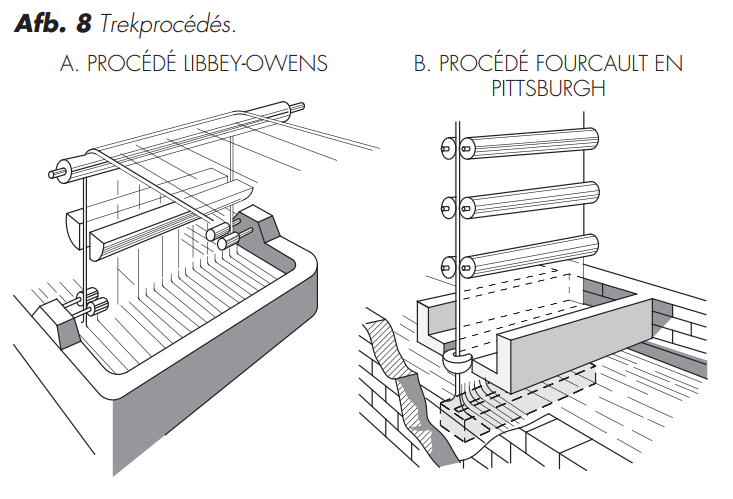
Monument glass is a drawn glass type with a curved surface structure which h is made according to the Fourcault principle. This glass ensures that monuments are preserved in their original state and appearance but indeed produced to the highest quality standards with today’s performance figures.
Possible compositions monumental glass: Maximale afmetingen: 1830 x 2140 (ask for full list):
Single monumental glass: 2, 3 of 4mm U5.8
- Monumental glass 2mm : max dimensions+- 1000x1600 U5.8
- Monumental glass 3mm : max dimensions+- 1830 x 2140 U5.8
- Monumental glass 4mm : max dimensions+-1830 x 2140 U5.8
Laminated monumental glass: from 6.5mm from U 3.4
- Laminated monumental glass 5.5mm : max dimensions+- 1830 x 2140 U3.4-U5.8
- Laminated monumental glass 6.5mm : max dimensions+-1830 x 2140 U3.4-U5.8
- New composition! NGT M-G2E : Laminated monumental glass 4.5mm : max dimensions+- 1000x1600 U5.8
Insulated monumental glass: from 8mm from U 1.0
All combinations are possible. Examples:
- Monumental glass / 3.5mm spacer / 3mm float U= 3.4
- Monumental glass / 3.5mm spacer + argon / 3mm float low-e U= 2.3
- Monumental glass / 3.5mm spacer + krypton / 3mm float low-e U= 1.9
- Monumental glass / 6 mm spacer + argon / 3mm float low-e U= 2.0
- Monumental glass / 6 mm spacer + krypton / 4mm float low-e U= 1.4
- New composition! NGT M-I2KE: 8mm glass U= 1.9
All other spacer widths are available
A black or white spacer can be used to avoid the modern look of an aluminium spacer.
All compositions are available in combination with modern safety glass.
Modern float glass
Modern float glass came on the market in the sixties. Float glass is an almost perfectly flat glass, easy to recognize at its thorough reflection. It can be a deliberate choice, suitable with a particular design, but in stylish 1960 facades it can make a bland and characterless impression
Possible compositions Modern monument glass (ask for full list):
Single Modern monument glass
- Modern monumenten glass: 3mm U 3.4
- Modern monumenten glass: 4mm U 3.4
Laminated Modern monument glass:
- Laminated modern monument glass: 6.5mm U 3.4
- Laminated modern monument glass: 8.5mm U 3.4
- Laminated modern monument glass: 10.5mm U 3.4 P5A
- New composition!Ultra thin modern monumenten glass NGT F-G2E: 5.8mm glass U= 3.4
Insulated Modern monument glass: from 8mm from U 1.0
All combinations are possible. Examples:
- Modern monument glass / 3.5mm spacer / 4mm float U= 3.4
- Modern monument glass / 3.5mm spacer + argon / 4mm float low-e U= 2.3
- Modern monument glass / 3.5mm spacer + krypton / 4mm float low-e U= 1.9
- Modern monument glass / 6 mm spacer + argon / 4mm float low-e U= 2.0
- New composition!Ultra thin modern monumenten glass NGT F-I2KE: 8mm glass U= 1.9
All other spacer widths are available
A black or white spacer can be used to avoid the modern look of an aluminium spacer.
All compositions are available in combination with modern safety glass.
Will my humidity problems belong to the past with New Glass Technology Restoration glass?
The simple answer is no. There will always be humidity in the air produced by various sources be it in private houses or offices. Up until the air gets saturated, without sufficient ventilation, humidity will always poor down and condensate on the coolest surface. When the glazing is not anymore the coolest surface, p.e. with the implementation of HR++ glazing, the humidity will poor down on other (cooler) surfaces. This way all sorts of irritations can occur. We are ready to advise you with the insulation values of your project, the construction deadline and personal preferences taken into account.
Now and then I see a blurry effect, what causes this?
When the sun is in a certain position in relation to the window, combined with the positioning of the window in the building itself you can see very small metal parts. These metal parts are essential to the glass’ insulation properties. This effect is only noticeable with daylight.
Do I get warranty with New Glass Technology restoration glass?
Yes, the warranty is valid under the condition that the New Glass Technology restoration glass is installed with the prescribed installation kit. This installation kit is essential for the preservation of the durability of the delivered product. In case other products than prescribed are used, the warranty expires.
